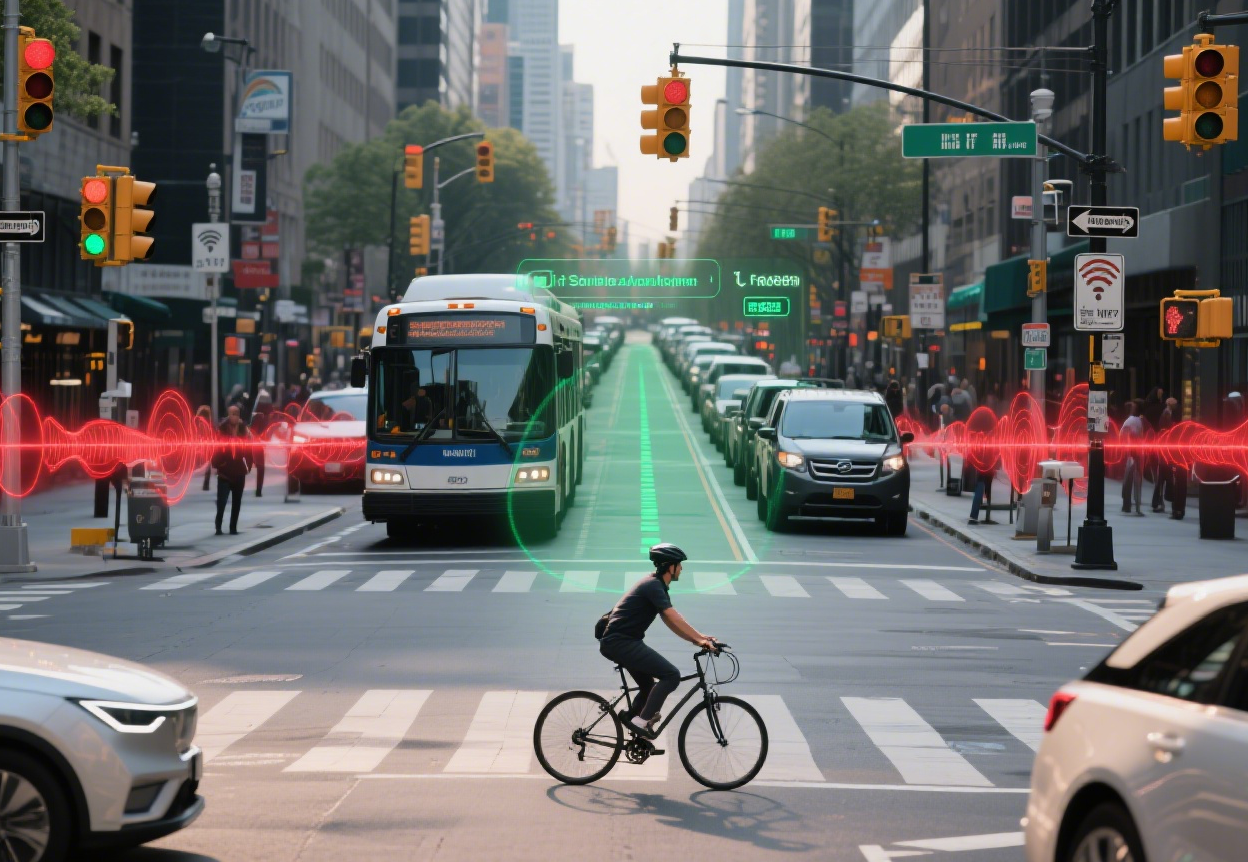Introduction
As autonomous vehicles move from research prototypes to widespread adoption, safety remains the most critical concern. Beyond cameras and LiDAR, millimeter-wave (mmWave) radar has emerged as a key sensor technology due to its robustness in challenging environments such as rain, fog, or low-light conditions. This article explores how mmWave radar contributes to autonomous driving safety, the technical challenges it addresses, and the future directions for research and deployment.
The Advantages of mmWave Radar in Autonomous Driving
Unlike optical sensors that heavily depend on visibility, mmWave radar operates in the 77–81 GHz frequency band, providing high-resolution detection of objects regardless of weather or lighting. Its advantages include:
-
All-Weather Performance: Radar maintains stable operation in rain, snow, and fog, where cameras and LiDAR degrade significantly.
-
Long-Range Detection: Advanced radars detect vehicles up to 250 meters ahead, giving more reaction time for safe maneuvering.
-
High Velocity Resolution: Doppler processing enables precise measurement of relative speed, essential for adaptive cruise control and collision avoidance.
(For more technical details, see Linpowave’s V300 series radar, designed for high-precision automotive applications.)
Technical Challenges in Real-World Deployment
Despite its strengths, mmWave radar faces several technical challenges in automotive deployment:
1. Multi-Target Resolution in Dense Traffic
In urban highways, dozens of vehicles may fall within the radar’s field of view. Ensuring accurate target separation requires advanced signal processing algorithms, such as MIMO (Multiple-Input Multiple-Output) beamforming. Research from IEEE Xplore highlights how novel MIMO architectures significantly improve angular resolution.
2. Clutter and Interference
Reflections from roadside objects (e.g., guardrails, buildings) create clutter that may mask smaller objects like motorcycles. Furthermore, as autonomous vehicles become more common, inter-radar interference among vehicles is expected to rise. Techniques such as frequency hopping and coded waveforms are being developed to mitigate this issue.
3. Data Fusion with Other Sensors
Radar alone cannot deliver a complete perception map. Instead, it must integrate with LiDAR, cameras, and ultrasonic sensors. Achieving real-time multi-sensor fusion remains a challenge, requiring both high-performance hardware and intelligent AI-driven software frameworks.
Case Study: Radar in Urban Intersection Safety
One of the most demanding environments for autonomous vehicles is urban intersections. Here, mmWave radar proves especially valuable by:
-
Detecting cross-traffic vehicles even when line-of-sight is blocked by large trucks or buses.
-
Monitoring pedestrian crossings, where radar complements camera detection in poor visibility.
-
Enhancing V2X (Vehicle-to-Everything) communications, where radar data supports traffic management systems in smart cities.
(Related reading: Linpowave Radar for Smart Transportation)
Future Directions and Research Trends
Several trends are shaping the future of mmWave radar in autonomous driving:
-
4D Imaging Radar: Extending radar from 3D spatial detection to 4D (range, angle, velocity, and elevation), enabling a near-LiDAR level of environmental mapping.
-
AI-Powered Signal Processing: Deep learning methods applied directly to raw radar data promise improvements in object classification and trajectory prediction.
-
Standardization for Safety: International efforts, including ISO and IEEE standards, are defining guidelines for radar interoperability and safety certification.
Conclusion
Millimeter-wave radar has already proven its indispensable role in enhancing the safety and reliability of autonomous vehicles. By overcoming challenges such as clutter, interference, and data fusion, radar technology will continue to evolve as a backbone of intelligent mobility systems.
For companies like Linpowave, continuous research in high-resolution radar sensors and AI-driven fusion algorithms ensures readiness for the next phase of autonomous driving—where safety, scalability, and intelligence converge.



